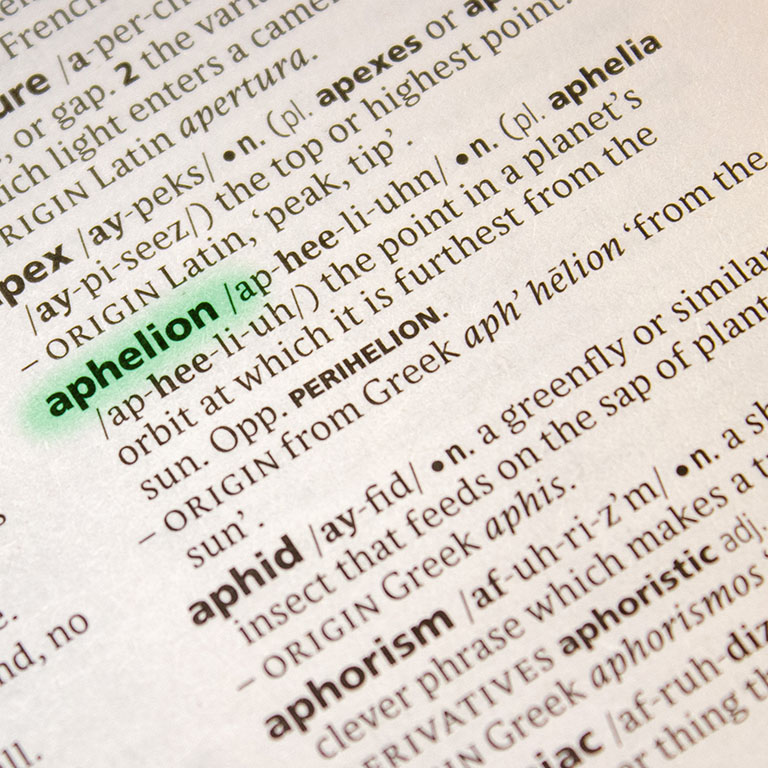BLOOMINGTON, Ind. -- The shorter nights of summer will still offer a variety of events for skywatchers, with all five major planets on display.
Mercury will drop quickly from the morning sky, so try to spot the little planet 30 minutes before sunrise on July 1, when it will be 6 degrees above the eastern horizon for observers at mid-northern latitudes. Then it will pass around the far side of the sun and move into the evening sky. Mercury may be spottable on July 25, when it will be 10 degrees east of the sun and set 40 minutes after sunset. On July 31, Mercury will be 5 degrees to the lower right of Regulus, the brightest star in the constellation Leo, about 20 minutes before the two descend into the evening haze.
Saturn will rise in the east just before 11 p.m. local time on July 1. The ringed planet will offer a spectacular view through any telescope with its rings tilted 13 degrees to our line of sight. Saturn's largest moon, Titan, will be north of the planet on July 4/5 and 20/21, and south on July 11/12 and 27/28.
Jupiter will be easy to spot, rising nearly an hour after midnight on July 1 and an hour before midnight by July 31. The best views will be closer to dawn, when the planet will be high in the southern sky. Its four Galilean moons orbit the planet every couple of weeks, offering a constantly changing display in a small telescope.
Mars will rise among the faint stars of the constellation Pisces shortly before 2 a.m. on July 1. By month's end it will rise soon after midnight.
Venus will be 4 degrees north of Aldebaran, the brightest star in the constellation Taurus, before dawn on July 1. It will be clear of the horizon by 4:30 a.m., adjacent to the stars of the Hyades star cluster. The glowing white planet will spend three days -- July 16 to 18 -- crossing the northern edge of the constellation Orion before moving into the constellation Gemini the Twins just as Gemini's two bright stars, Castor and Pollux, rise to greet it.
Meteor shower
The Southern Delta Aquariid meteor shower will peak before dawn on July 30. In a dark sky observers may see as many as 25 meteors per hour at the peak, though some meteors will appear from mid-July to mid-August. The long bright streaks will seem to come from a point in the constellation Aquarius in the southern sky.
Aphelion
Earth will reach its greatest distance from the sun for the year, called aphelion, on July 4. Those sweltering in summer heat in the Northern Hemisphere may find it hard to believe they are about 3 percent farther from the sun than they were in January. But the actual cause of the high temperatures is the tilt of Earth's axis. The part of the planet tilted toward the sun (in this case the Northern Hemisphere) is much warmer than the part tilted away, because more sunlight reaches the ground instead of being absorbed by the atmosphere.
Moon phases
The moon will be at first quarter on July 6, full on July 13, at last quarter on July 20, and new on July 28.
Author: Hal Kibbey Email: hkibbey [at] gmail.com


 The College of Arts
The College of Arts